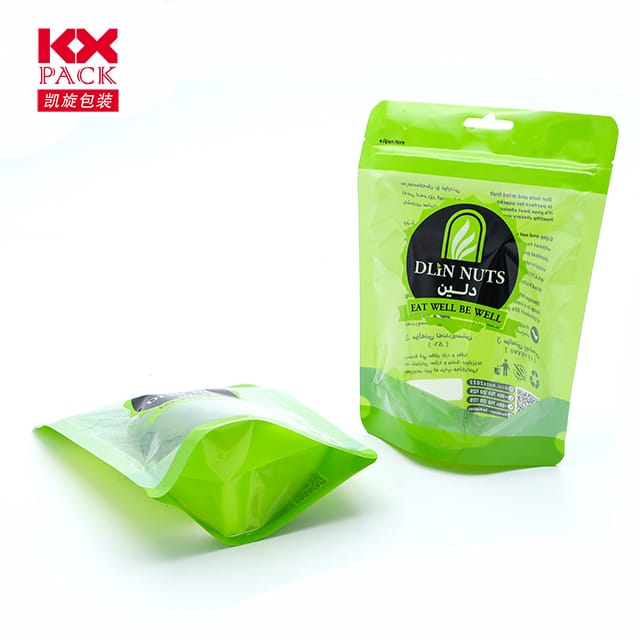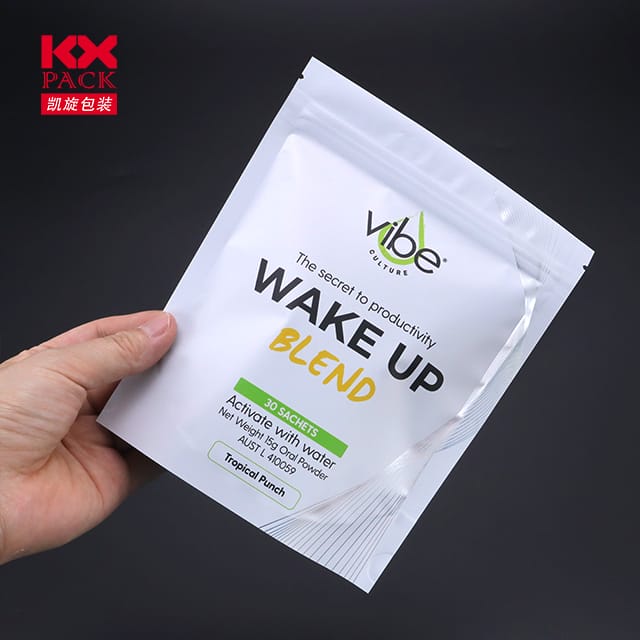The Unsung Hero of Modern Life: The Story Behind Plastic Film Wrap(6)
Plastični film ovoj
From protecting leftovers to safeguarding fragile packages, plastični film ovoj (often called cling film, Saran wrap, or stretch film) is a quiet workhorse in our daily routines. Še, its convenience masks a complex narrative of innovation, environmental impact, and evolving sustainability efforts. Let’s unravel the story of this versatile material—its uses, controversies, and the future it’s shaping.
The Evolution of Plastic Film Wrap
Plastic film wrap traces its roots to the mid-20th century, when Dow Chemical introduced the first “Saran wrap” v 1949. Originally designed for military use to protect equipment, its ability to cling to surfaces without adhesives soon made it a household staple. Danes, it’s used across industries:
- Food Storage: Preserving freshness, preprečevanje kvarjenja, and reducing food waste.
- Logistika & Dostava: Bundling products, securing pallets, and protecting goods during transit.
- Kmetijstvo: Shielding crops from pests or harsh weather.
- Healthcare: Sterilizing medical equipment and wrapping supplies.
Je lahka, prilagodljiva, and transparent nature has revolutionized how we package, store, and transport items—but at what cost?
The Environmental Conundrum
While plastic film wrap offers undeniable benefits, its environmental footprint is hard to ignore:
- Single-Use Waste: Most wraps are discarded after a single use, contributing to the 380 million tons of plastic waste generated globally each year.
- Recycling Challenges: Many wraps are made from low-density polyethylene (LDPE), which is technically recyclable but often contaminated with food or non-recyclable materials, leading to low recycling rates.
- Microplastic Pollution: When improperly disposed of, film wrap breaks down into microplastics that infiltrate ecosystems, soil, and even our food chain.
Critics argue that the convenience of plastic wrap comes at the expense of planetary health—a trade-off that demands urgent solutions.
Innovations for a Sustainable Future
The good news? The plastic wrap industry is evolving. Here’s how:
- Biorazgradljivo & Compostable Alternatives:
- Companies are experimenting with plant-based materials (like cornstarch or seaweed) to create wraps that decompose naturally.
- Example: “Notpla,” a startup making edible/biodegradable seaweed-based films for food packaging.
- Recyclable & Reciklirana vsebina:
- Brands are increasing the use of post-consumer recycled (PCR) plastics in film production.
- Inovacije, kot so “mono-material” wraps (made from a single type of plastic) improve recyclability.
- Reusable Systems:
- Silicone food covers, beeswax wraps, and reusable silicone stretch lids are gaining popularity as eco-friendly alternatives for home use.
- Pametno pakiranje:
- Edible coatings (like casein or algae-based films) could replace plastic entirely for certain applications, such as coating produce to extend shelf life.
Consumer Responsibility: Small Changes, Big Impact
While industries innovate, individuals can also play a role:
- Reduce: Opt for reusable containers or beeswax wraps instead of disposable film.
- Recycle Right: Check local guidelines—some areas accept clean LDPE wraps in recycling bins.
- Support Sustainable Brands: Choose companies prioritizing eco-friendly materials or refill/reuse programs.
Cesta naprej
Plastic film wrap isn’t going away anytime soon—its utility is too vast. Vendar, the future lies inredesigning it for sustainability. Whether through biodegradable materials, Sistemi za recikliranje v zaprti zanki, or behavior shifts, the goal is clear: preserve the convenience we love without compromising the planet.
As consumers and innovators, we hold the power to reshape this story. The next time you reach for that roll of plastic wrap, ask yourself: Is there a greener alternative? Because the choices we make today will determine whether this humble material remains a hero or becomes a villain in tomorrow’s tale.
What’s your take on plastic film wrap? Love it, loathe it, or looking for alternatives? Let’s discuss in the comments! 🌍💡






